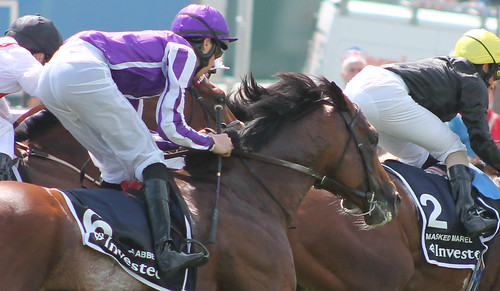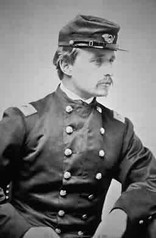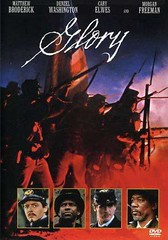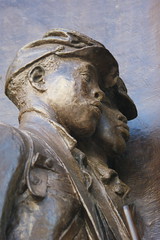Only a few people in the world noticed them. They were at the back of the column. Only they had black plumes on their helmets. Only they carried big bad farrier axes instead of lances.
Only they made the Hoof Blog.
They were, are and possibly always will be the farriers of the Household Cavalry, stationed at Hyde Park Barracks in inner London. The unit serves the Queen and the farriers serve the unit's horses.
The Household Cavalry of Buckingham Palace requires the services of no less than 11 farriers, plus the regiment's Farrier Major, Staff Corporal Neil Sherlock, who oversees his men's work on 120 horses per week.
One of the interesting aspects of the job is that they don't enter the military as farriers. They may be sent to Afghanistan or any number of assignments in the military world. When they rotate through London, they all ride. Some are interested and step forward to start farrier apprenticehips, but they already know how to ride.
Part of the duty of farriers is not to just stay in the forge and work hard, but to stay in training as riders as well so that they can accompany their regiment in their ceremonial role as carriers of the axes. The pole axes were used to lop off the feet of fallen horses after battles--the feet have numbers burned into them for inventory control purposes. You can imagine what the spike was for.
The farrier's ax has been featured on The Hoof Blog quite a bit--we followed it during the Royal Wedding last spring and watched one being restored at the Army Museum for the War Horse exhibit there.
We've seen quite a bit of interest in the ax--and not just from farriers. The world wants to know more about the ax and the men who carry them: when was the last time one was used? how do they decide how many axes are needed? Who shaprens the ax?
I can't answer your questions but I will try to find someone who can if you keep sending them in.
Photo kindly loaned by Alexandra Wade, a London-based photographer who thinks of this blog whenever she hears hoofbeats on the street--and has taken some spectacular photos for us!
To learn more:
Why Is That Guy Following Prince William and Kate Middleton Carrying a Big Shiny Ax? Because He's the Farrier, That's Why!
Farrier's Ax: A Museum Restores a Gruesome Tool of Mercy Designed to End the War for Horses
© Fran Jurga and Hoofcare Publishing; Fran Jurga's Hoof Blog is a between-issues news service for subscribers to Hoofcare and Lameness Journal. Please, no use without permission. You only need to ask. This blog may be read online at the blog page, checked via RSS feed, or received via a digest-type email (requires signup in box at top right of blog page). To subscribe to Hoofcare and Lameness (the journal), please visit the main site, www.hoofcare.com, where many educational products and media related to equine lameness and hoof science can be found. Questions or problems with this blog? Send email to blog@hoofcare.com.
Follow Hoofcare + Lameness on Twitter: @HoofcareJournal
Read this blog's headlines on the Hoofcare + Lameness Facebook Page
Disclosure of Material Connection: I have not received any direct compensation for writing this post. I have no material connection to the brands, products, or services that I have mentioned, other than Hoofcare Publishing. I am disclosing this in accordance with the Federal Trade Commission’s 16 CFR, Part 255: Guides Concerning the Use of Endorsements and Testimonials in Advertising.




















